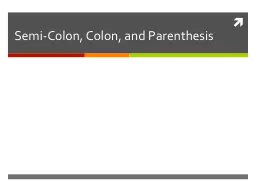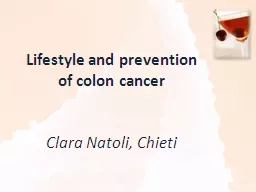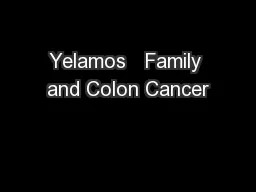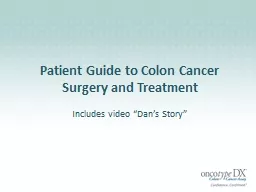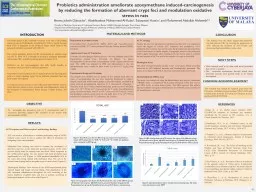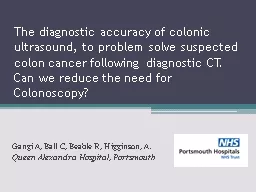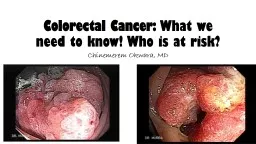PPT-Colon Cancer Presented by:
Author : hadly | Published Date : 2022-02-16
Rahaf Hasanein Anatomy Blood supply Colon arterial Supply SMA branches into I leocolic artery terminal ileum and proximal ascending colon Right colic artery
Presentation Embed Code
Download Presentation
Download Presentation The PPT/PDF document "Colon Cancer Presented by:" is the property of its rightful owner. Permission is granted to download and print the materials on this website for personal, non-commercial use only, and to display it on your personal computer provided you do not modify the materials and that you retain all copyright notices contained in the materials. By downloading content from our website, you accept the terms of this agreement.
Colon Cancer Presented by:: Transcript
Download Rules Of Document
"Colon Cancer Presented by:"The content belongs to its owner. You may download and print it for personal use, without modification, and keep all copyright notices. By downloading, you agree to these terms.
Related Documents


